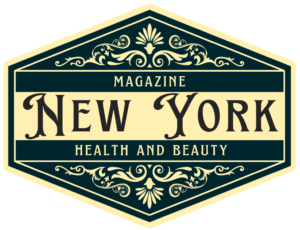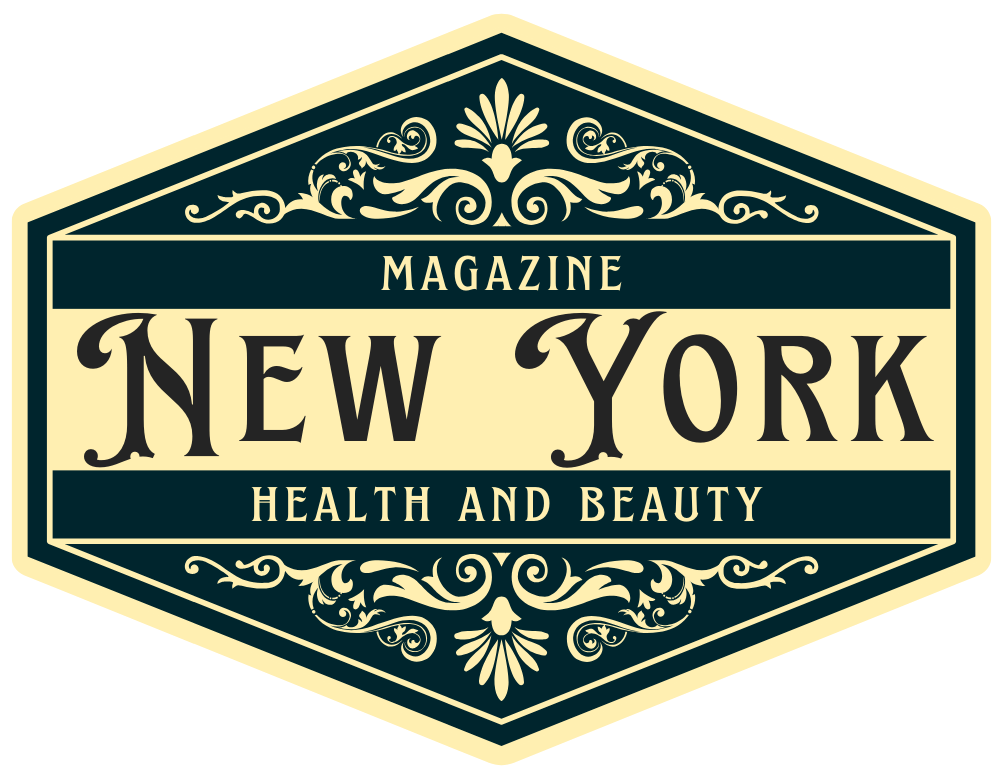
Board-certified dermatologist urges sun protection to prevent skin cancer
ROSEMONT, Ill., May 14, 2024 /PRNewswire/ — A new survey from the American Academy of Dermatology revealed that Generation Z adults, ages 18-25, are at risk for skin cancer due to increasing rates of tanning and burning. To encourage safe sun habits, the AAD is shining a spotlight on the ways that people can protect themselves from the most common and one of the most preventable types of cancer—skin cancer—this May for Skin Cancer Awareness Month.
According to the national survey of over 1,000 U.S. adults, 52% of Gen Z adults were unaware of one or more sunburn risks, such as increased risk of developing skin cancer or premature skin aging. In fact, while over 50% of Americans get a grade of “A” or “B” for sun protection knowledge, 32% of Gen Z adults receive a failing grade of “D” or “F.”
In spite of a generational enthusiasm for skincare—think the latest viral skincare trends—one in four Gen Z adults are already reporting skin damage from the sun. More than one in four (27%) of Americans say they use sunscreen only when nagged by other people, however that percentage increases in the Gen Z crowd to 37%.
These new statistics are not a surprise to Seattle-based board-certified dermatologist Heather D. Rogers, MD, FAAD, who sees the damaging effects of sun exposure every day in her patients.
“Gen Z is obsessed with and avidly consumes skincare,” Dr. Rogers noted. “Despite sunscreen being in this category, it hasn’t been embraced with the same fervor. We’ve seen tremendous advancement in sunscreen options over the past 10 years that can and should be easily incorporated into a routine. However, we are not seeing its use at the level we would expect considering the evidence showing regular use of sunscreen slows the aging process and decreases risk of skin cancer.”
Another area of concern? Tanning. Twenty-eight percent of Gen Z survey respondents said getting a tan was more important to them than preventing skin cancer, with 70% reporting tanned or darker skin in 2023.
“Image is so important to this age group,” said Dr. Rogers. “This is a generation incredibly focused on beauty with a significant fear of aging. Tanned skin seems to have visual appeal, and projects the image of good times, however what people don’t realize is that tan skin is a sign your skin has been injured.”
Whether you’re exposed to the sun’s UV rays or visit an indoor tanning salon, every time you tan, your skin is damaged. As this damage builds, you speed up the aging of your skin and increase your risk for all types of skin cancer, including melanoma, the deadliest form of skin cancer.
To protect your skin from the sun’s harmful ultraviolet rays and to reduce your risk of skin cancer and damage, Dr. Rogers and the AAD recommend the following tips:
- Seek shade when appropriate. Remember, the sun’s rays are strongest between 10 a.m. and 2 p.m.
- Wear sun-protective clothing, such as a lightweight and long-sleeved shirt, pants, a wide-brimmed hat, and sunglasses with UV protection, when possible.
- Apply a broad-spectrum, water-resistant sunscreen with an SPF of 30 or higher, even on cloudy days.
- When outdoors, reapply sunscreen every two hours, or after swimming or sweating.
- Use extra caution near water and sand, as they reflect the damaging rays of the sun, which can increase your chance of sunburn.
- Avoid tanning beds. Ultraviolet light from tanning beds can cause skin cancer and premature skin aging.
Don’t forget to perform regular skin self-exams to detect skin cancer early, when it’s most treatable, and see a board-certified dermatologist if you notice new or suspicious spots on your skin, or anything changing, itching, or bleeding.
“Nothing looks better in your 50s than sun safe habits in your 20s. The earlier you learn to protect your skin from the sun, the longer your skin will look and feel healthy,” noted Dr. Rogers.
To find a board-certified dermatologist in your area, visit aad.org/findaderm.
More Information
Practice Safe Sun
Skin Cancer Awareness Month
Shade, Clothing, and Sunscreen
AAD B-Roll Library
About the Research
Versta Research conducted a national survey of 1,054 U.S. adults on behalf of the American Academy of Dermatology. Sampling was stratified by age, gender, region, race/ethnicity, income, and education, and it was weighted to match current population estimates from the United States Census Bureau. The survey was conducted online from January 29 to February 8, 2024. Assuming no sample bias, the maximum margin of error for full-sample estimates is ±3%.
About the AAD
Headquartered in Rosemont, Ill., the American Academy of Dermatology, founded in 1938, is the largest, most influential and most representative of all dermatologic associations. With a membership of more than 21,000 physicians worldwide, the AAD is committed to advancing the diagnosis and medical, surgical, and cosmetic treatment of the skin, hair, and nails; advocating high standards in clinical practice, education and research in dermatology; and supporting and enhancing patient care because skin, hair, and nail conditions can have a serious impact on your health and well-being. For more information, contact the AAD at (888) 462-DERM (3376) or aad.org. Follow @AADskin on Facebook, TikTok, Pinterest and YouTube and @AADskin1 on Instagram.
SOURCE American Academy of Dermatology
Originally published at https://www.prnewswire.com/news-releases/american-academy-of-dermatology-survey-shows-gen-z-adults-at-risk-for-skin-cancer-due-to-increasing-rates-of-tanning-and-burning-302145026.html
Some images courtesy of https://pixabay.com





